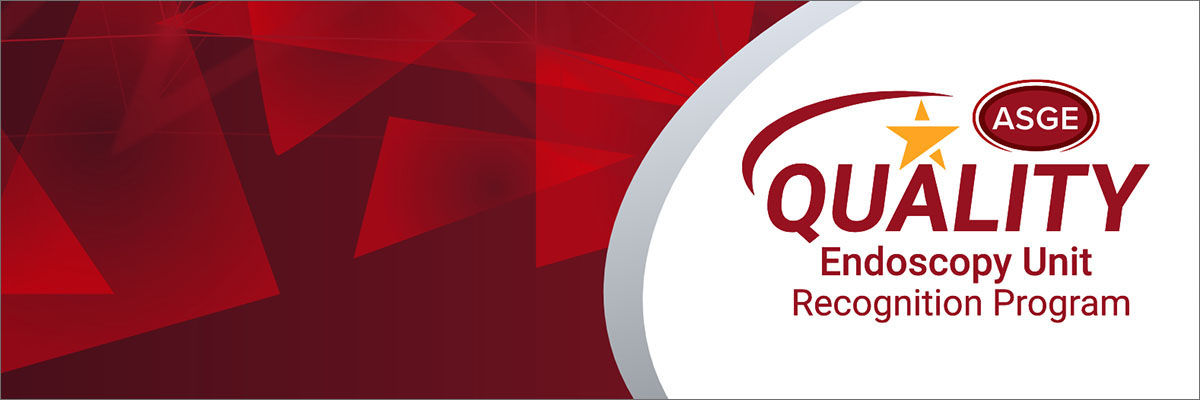To determine if the use of Carbon Dioxide for GI insufflation will decrease the patient complaints of abdominal pain and cramping can be discharged to home after his or her procedure sooner.

Purpose
To determine if the use of Carbon Dioxide for GI insufflation will decrease the patient complaints of
abdominal pain and cramping can be discharged to home after his or her procedure sooner.
Goals
To decrease patient complaints of abdominal pain and cramping post procedure colonoscopy.
Increase patient satisfaction with pain control 2% per post procedure patient satisfaction surveys.
Decrease the number of ED admissions from 1.3 per quarter to <1 per quarter for complaints of
abdominal pain post colonoscopy.
Discharge patients 10 minutes sooner post procedure colonoscopy.
Description of Data
Obtain qualitative data regarding patient complaints of abdominal pain or cramping post colonoscopy
prior to use of CO2 for colon insufflation.
Acquire patient satisfaction results regarding pain control from surveys through electronic data
gathering system prior to use of CO2
and after the implementation of for colon insufflation.
Obtain data from electronic data gathering system regarding the number of ED admissions prior
to use of CO2
and after the implementation of CO2
for colon insufflation.
Acquire discharge time (from completion of the colonoscopy until patient leaves the facility)
prior to use of CO2 and after the implementation of CO2 for colon insufflation with chart
reviews.
Evidence of Data Collection
Eight nurses and three physicians were surveyed regarding the number of patient complaints of
abdominal pain or cramping post colonoscopy prior to use of CO2 and after the implementation
of CO2 for colon insufflation. Nurses state an average of 58% with a range of 25% to 75% of
patients complained of abdominal pain or cramping post colonoscopy prior to use of CO2 and
less than 1% complained of abdominal pain or cramping after the implementation of CO2
for
colon insufflation. Physicians state a decrease from approximately 1%-15% of patients’
complaints of abdominal pain and cramping to none.
Electronic data gathering system patient satisfaction survey results showed an increase in
patient satisfaction with pain control from 97% to 98% after the implementation of CO2
for
colon insufflations.
ED admissions have decreased from 1.3 per quarter to zero per quarter after the
implementation of CO2
for colon insufflation.
Fifty one patient charts were reviewed for discharge time (from completion of the colonoscopy
until patient leaves the facility). Average discharge time prior to use of CO2 was 39.25 minutes
with a range of 29 to 56 minutes. After the implementation of CO2
for colon insufflation
discharge time averaged 35.55 minutes with a range of 15 to 59 minutes.
Data Analysis
Data obtain shows the endoscopy unit with 99% decrease with patient complaints of abdominal
pain or cramping post colonoscopy after the implementation of CO2 for colon insufflation.
Data showed an increase of 1% with patient satisfaction results regarding pain control after the
implementation of CO2
for colon insufflation.
ED admissions have decreased from 1.3 per quarter to zero per quarter after the
implementation of CO2
for colon insufflation.
Discharge time decreased an average of 4.88 minutes per patient after the implementation of
CO2 for colon insufflation.
Comparison of Actual to Goal
The endoscopy unit successfully met the goal by decreasing patient complaints of abdominal
pain and cramping post procedure colonoscopy by 99%.
The endoscopy unit successfully increased patient satisfaction with pain control but only by 1%
not our goal of 2% per post procedure patient satisfaction surveys.
The endoscopy unit successfully met the goal by decreasing the number of ED admissions from
1.3 per quarter to < 1 per quarter for complaints of abdominal pain post colonoscopy.
The endoscopy unit did not meet the goal of discharging patients 10 minutes sooner post
procedure colonoscopy after the implementation of CO2
for colonoscopy insufflation.
Corrective Actions
Assess why discharge times have not decreased since patients are no longer taking additional
time to “get rid” of air in the colon. Once barrier(s) are determined, implement corrective
actions and re-measure.
Discharge times decreased a small amount, but the discharge times are already quick and the
remaining time is needed for patients to awaken from the anesthesia, speak with the physician,
and get dressed.
Re-measurement
Additional data was gathered in March 2014 to attempt to replicate the previous results.
Data obtained shows the endoscopy unit with < 1% of patients with complaints of abdominal
pain or cramping post colonoscopy after the implementation of CO2
for colon insufflation.
Repeat data shows a continued overall satisfaction with pain control of 98% after the
implementation of CO2
for colon insufflation.
ED admissions for abdominal remain at zero for the month of March.
Data shows that the average patient discharge time is 35.7 minutes and is consistent with the
previous findings after the implementation of carbon dioxide for colon insufflations.
The re-measurement showed successful replication of previous results with the implementation
of carbon dioxide colon insufflations.
Communication of Results
Quality Improvement Study presented at Quality Safety Meeting, Staff Meeting and quarterly
Governing Board Meeting.
Re-measurement results reported to the Quality Safety Meeting, Staff Meeting, and quarterly
Governing Board Meeting.
References
Dellon, E., et al. The use of carbon dioxide for insufflations during
GI endoscopy; a systematic review. Gastrointestinal Endoscopy 69 (4), 843-849.